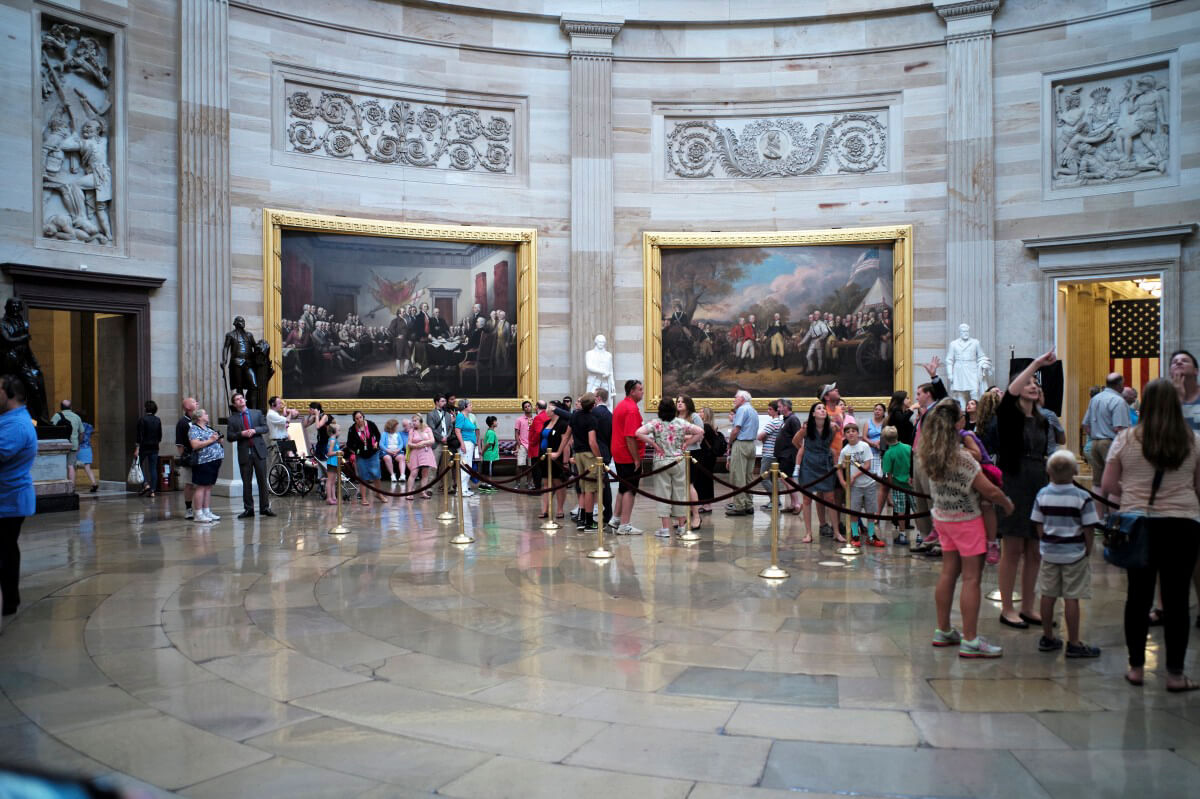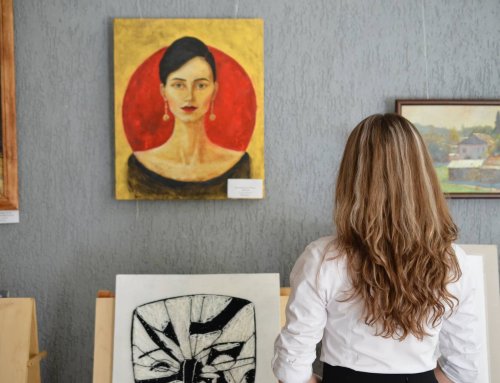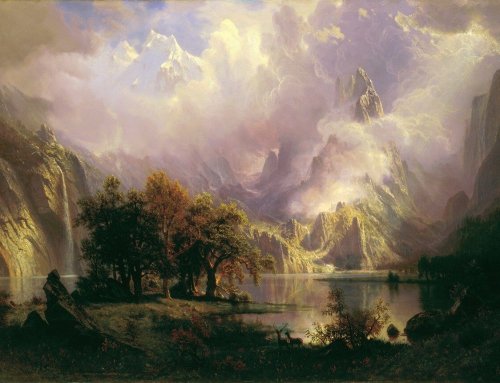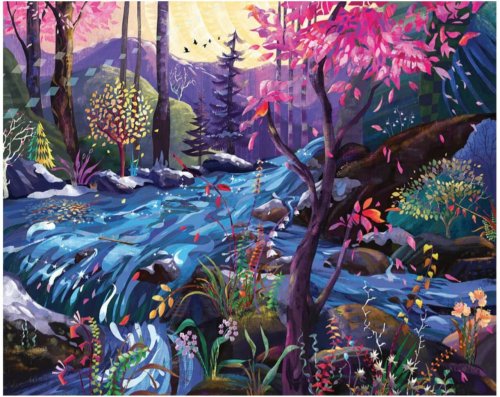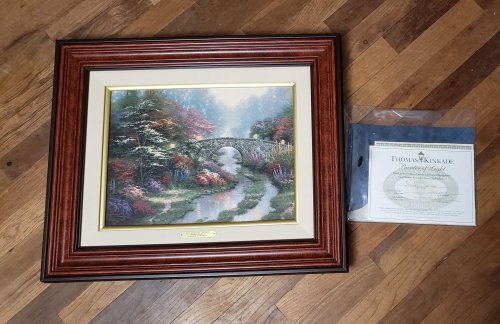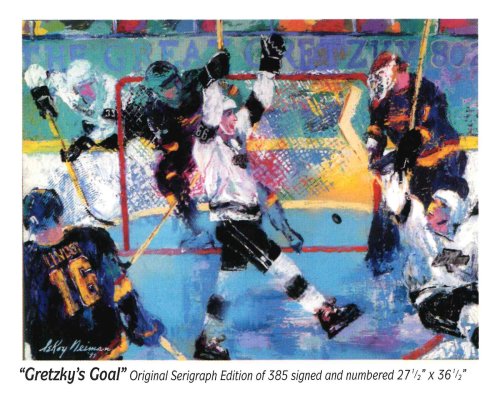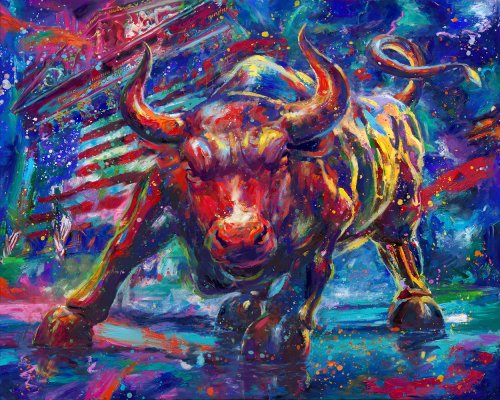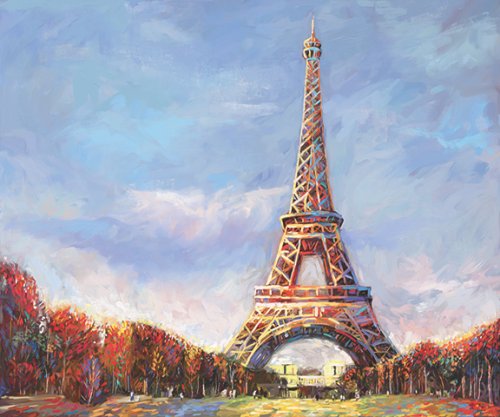Art, as a fundamental aspect of human culture, has witnessed a remarkable transformation over thousands of years, reflecting the ever-changing tapestry of human history. The rich tapestry of artistic expressions has always been intrinsically interwoven with our diverse cultural paradigms.
Throughout this extraordinary journey of creativity and self-expression, art has adapted to the myriad shifts in style, approach, technique, and the perspectives presented. Observing the evolution of artistic practices, from the intricate cave paintings of our prehistoric ancestors to the cutting-edge digital masterpieces of today, we bear witness to an enduring pursuit of human connectivity, communication, and self-discovery. In this blog, we will look at how art has evolved over time.
The Evolution of Art
Art history developed as the art world wanted to track, understand and give a modern understanding of what aspects have affected art over time. Art critics have indicated that art evolves as society changes, and artists reflect the values, beliefs, and concerns of their time.
Art involves visual arts, performance art, music, contemporary media and more, they all reflect the human condition. There are several aspects that affect changes in the art world, including social, political, economic, and technological factors.
Social Factors
Social factors play a significant role in shaping the direction of art. Artists often create works that reflect the social norms and values of their time. Early art historians emphasized the Classical origins of the European tradition. During the Renaissance, artists focused on the human form and the natural world, reflecting the period’s interest in humanism and classical ideals.
In the 20th century, artists began to explore new styles and techniques that reflected the changing social attitudes and values of the time, such as the rise of abstract expressionism.
Political Factors
Politics have played and continue to play a major role in shaping the direction of art. In times of political turmoil or revolution, artists often create works that reflect the social and political changes occurring around them. Art is a cultural construct and an artist can create narratives through all forms of art.
Economic Factors
The economy affects the direction of art. Changes in economic conditions can lead to changes in artistic styles and mediums. Making art during a depression is different from art created during a boom market. Art takes on the pervading feelings of the time.
Technology Factors
Technological advancements can also affect the direction of art. New technologies, such as photography, film and digital media have opened up new possibilities for artists to express themselves and create new forms of art. These advancements have allowed artists to push the boundaries of traditional art forms and experiment with new techniques and styles.
Art & Society
Art is a reflection of society and the changes that occur within it. As society evolves, so does art, reflecting the values, beliefs, and concerns of the time. Social, political, economic, and technological factors all play a role in shaping the direction of so called fine arts and driving its evolution.
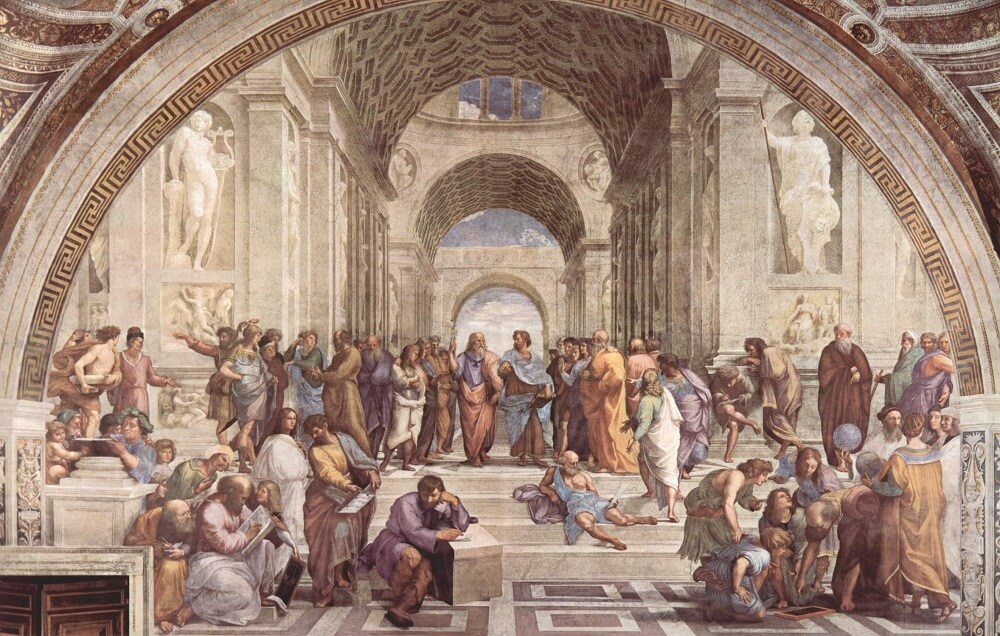
Different Eras of Art
Delving into the fascinating realm of art history reveals a rich tapestry of creative expressions that have evolved over time, reflecting the essence of diverse cultures and the shifting philosophies of the human experience.
Taking a tour through the “W.H.A.T.” World Heritage Art Treasury will help you see some classic examples of this evolution. Now, let’s take a look at different eras of art history and see how it has evolved over time.
Prehistoric Art
The earliest examples of art date back to the prehistoric era, with cave paintings and rock art found all over the world. Most art at this time depicted animals, humans, and various symbols, and were likely created for religious or ceremonial purposes. Prehistoric art was often created using natural pigments and brushes made from animal hair or plant fibers. These works of art were some of the earliest attempts by humans to communicate and express their ideas visually.
Ancient Art
The ancient world saw the emergence of some of the most significant artistic traditions, including ancient Egyptian art, art of Greek and Roman origins. Ancient Egyptian art was characterized by its formal and symbolic nature, with elaborate depictions of pharaohs, gods, and other important figures.
Greek and Roman art, in contrast, was more focused on the human form, with an emphasis on realism and idealism.
Medieval Art
During the medieval period, art was primarily focused on religious themes, with intricate illuminated manuscripts, stained glass windows, and frescoes decorating churches and cathedrals.
These works of art were created not just skilled craftsmanship but also by artists with a vision. Medieval art’s cultural meaning was heavily derived from Christian theology, with depictions of biblical scenes and religious figures dominating the artistic landscape.
Renaissance Art
The Renaissance period in Western art was a period of great artistic and intellectual achievement that began in Italy in the 14th century and spread throughout Europe. Renaissance art was characterized by a renewed interest in classical antiquity and a focus on realism and perspective. Artists such as Leonardo da Vinci, Michelangelo, and Raphael created some of the most iconic works of art in history, including the Mona Lisa and the Sistine Chapel ceiling.
Baroque Art
In art history, the Baroque period saw a shift away from the classical ideals of the Renaissance and towards a more ornate and dramatic style. Baroque art was characterized by its use of dynamic compositions, intense emotions, and dramatic lighting. This period produced some of the most extravagant works of art in history, including the paintings of Caravaggio and the sculptures of Bernini.
Modern and Contemporary Art
The modern and contemporary periods have seen a proliferation of new styles and movements, including Impressionism, Cubism, Abstract Expressionism and Pop Art. Modern and contemporary artists continue to experiment with new materials, processes and techniques, including photography, video, and installation art.
Contemporary art often challenges traditional notions of beauty and meaning. There is a tension within the art world to push the boundaries of what art can be and what it can say. Exhibitions of Non Western art increased globally over the years.

Art & Newport Brushstrokes
Art has undergone significant changes over time, reflecting the evolving beliefs, values, and aesthetic sensibilities of different cultures and periods. From prehistoric cave paintings, exceptional artifacts, to contemporary installations, art has served as a means of communication, expression, and creativity throughout human history. To understand art of a certain era and culture gives us historical knowledge as well as the history of art. Art continues to shift as we go through time.
We’ll let the art historians ponder why each era had a different take on art. For art collectors we can appreciate and enjoy art from all eras. While the styles and techniques of art may continue to evolve, its enduring power to inspire and provoke emotion has remained. Come and explore Newport Brushstrokes online gallery and see a vast selection of artwork from a classical tradition to modern art.

